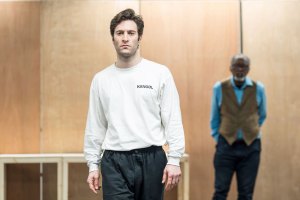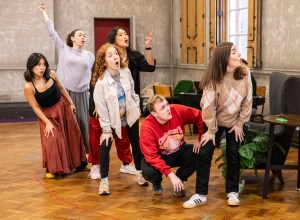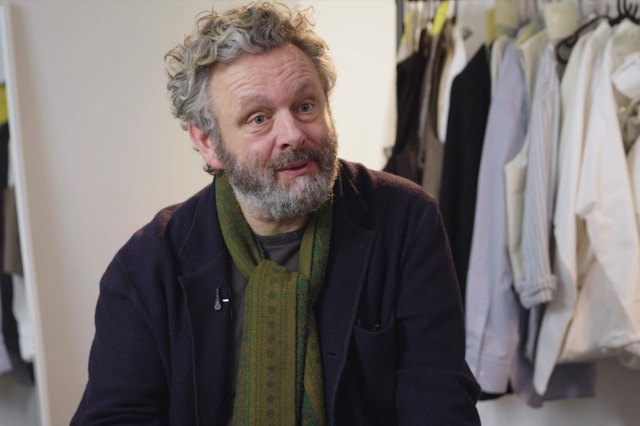The Queen meets Dickens: the challenges of mounting A Christmas Carol at Windsor Castle
Watch Your Head’s producer Sara Langridge explains the process of mounting Dickens’ festive tale at Windsor Castle
Our production of A Christmas Carol at Windsor Castle will bring the best known Victorian Christmas tale to the home of the Victorian Christmas. The splendour of the castle contrasts with the miserly theme of the play while encompassing the magic of the story. The audience will be entering Marley’s world once they enter the Waterloo Chamber where the tale will be told by six spirits of his creation.
To do justice to the space and help with storytelling, we first split the story in to three sections: the real world, a dream world and finally, a celebration of Christmas. We then matched these sections with locations around the castle. The outdoor path on a December evening (also the castle’s investiture route) sets the scene for the real world, the Waterloo Chamber is the dream world of the spirits and the play’s conclusion will take place in St George’s Hall around the castle’s magnificent Christmas tree.
An original score helps us transport the audience through Jacob Marley's supernatural world
We asked ourselves what we could use in terms of theatrical technique to alter the atmosphere and make sense of the dream sequences in a static space. The way we have approached the design of this show is by ensuring that all our controllable elements: costume, music and lighting are used to contextualise the story and its setting.
The real world of the play is a Dickensian Christmas Eve where the play’s characters appear, making their way through a bustling Victorian street (thanks to our audience walking through), singing carols, collecting for the poor, busking or simply homeward bound.
We find Scrooge’s deceased business partner, Jacob Marley at the second location where we have amplified sound and rigged lights, which has given us more theatrical control of our environment. With the help of lighting, sound and choreographed sequences, we aim to transform the surroundings and show audiences scenes of the past, present and would-be future from Scrooge’s perspective. The episodic nature of the dreams demands swift movement from one memory to another, without a changing set we have relied on music to enable this. We have worked closely with Joseph Reuben whose original score helps us change gears and transport the audience smoothly and quickly through the supernatural world. Lighting helps isolate parts of the Waterloo Chamber, allowing us to move immediately from an expansive party environment to an intimate, tender one.
Costumes are Victorian silhouettes with surreal colour palettes to emphasize the magical elements while staying true to the time period. The Waterloo Chamber is ornate and we wanted the costume colours to contrast with the deeper, richer tones of the room. Marley and his ‘army’ of six are unified by a lime, acid green which should appear to run out of his costume and through all of theirs. Marley then conjures up dream sequences using these characters to tell the stories from Scrooge’s life. Scrooge is dressed in black, clearly separated from the other characters.
The atmosphere of the castle is already magical it would be impossible to recreate it anywhere else
Working outside theatrical spaces always introduces new challenges, the biggest practical challenge we have faced so far is rigging lights. In order to achieve the transformative lighting the play requires, we would ordinarily use a huge number of lights. Working in the castle, our lighting designer has been more creative with the angles and conceptual design. In order for any lights to be rigged, the technical team had to climb up to the roof of the castle. A less obvious challenge is working with the beauty and scale of the castle, it is easy to feel dwarfed by it and if we try to work against it we will miss the opportunity of bringing the play and its environment to life. We are using lights, music, bold colours and movement to help us meet the scale of our surroundings.
The experience of the castle at night is already magical, its atmosphere would be impossible to recreate anywhere else. Working closely with the space and carefully sewing in the narrative we should produce a unique experience of a classic story in a spectacular location.
A Christmas Carol runs at Windsor Castle until 4 January.

















